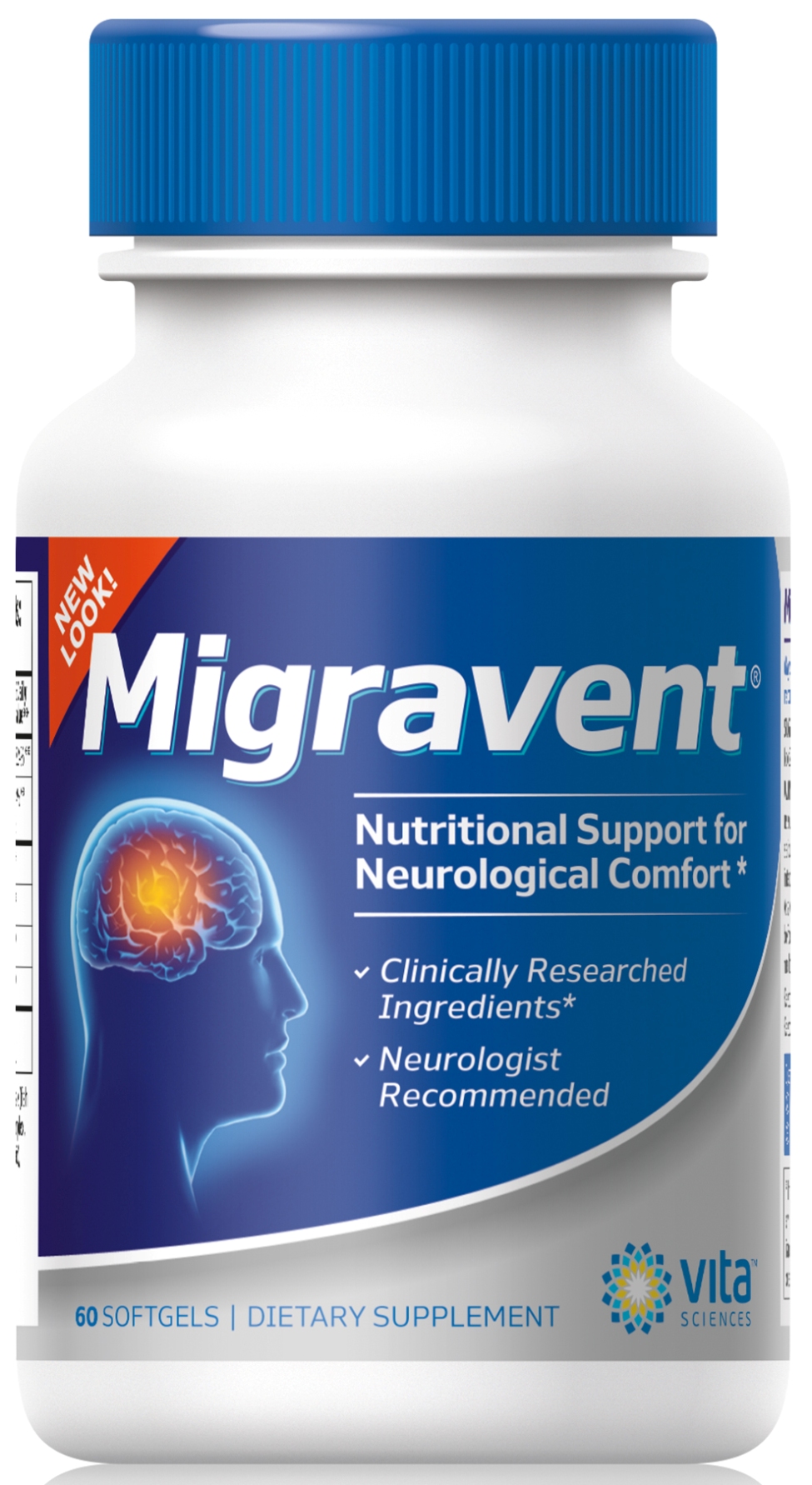More than 45 million Americans get migraine headaches and other forms of chronic headaches each year, costing the economy billions of dollars in lost work wages and medical costs. Why do so many people get headaches, and how do migraines occur? Here are the answers to some common questions about why we get migraine headaches.
What is a headache?
A headache is a pain sensed in the nerves and muscles of the head and neck, as well as the meninges (the membranous coverings of the brain and spinal cord). Your brain itself cannot sense pain, so a headache has nothing to do with your brain hurting. It is really a pain somewhere around your brain, being picked up by nerve endings located in your head.
Why do I get headaches?
There are several reasons why we get headaches, but most can be divided into two classifications: primary headaches and secondary headaches.
Primary headaches occur when there are no other underlying illnesses that may be causing you to get headaches. Examples of primary headaches are migraines, tension headaches, and cluster headaches.
Secondary headaches, however, result from a separate illness or condition, such as fever, flu, head or neck trauma, tumor, or sinus pressure. Once the primary illness or ailment is treated, then secondary headaches disappear.
Why do I keep getting migraines?
Scientists are not certain exactly why certain people experience chronic migraine headaches, but there are some possible theories which attempt to explain the exact cause of migraines and recommend effective treatments.
Doctors use to believe that people get migraines from a disorder of the blood vessels. Today, people understand that we get migraines from a neurological disorder that begins in the brain stem and triggers a variety of ailments, including severe headaches, muscle pain, fatigue, and nausea.
If your Headache is a Migraine…Are you sure?
What happens when I get migraines?
Migraine attacks are a neurological disorder that can occur in the cortex of the brain or the brain stem.
When migraines begin in the brain’s cortex, overstimulated nerve cells cause cortical spreading depression, which in turn leads to excretion of pain-producing substances which stimulate the trigeminal nerves and produce pain signals which are carried to the sensory cortex, resulting in painful migraine headaches.
When nerve cells in the brain stem malfunction, you get migraines resulting from abnormal brain stem activity creating a depression in the cortex, which in turn stimulates the trigeminal system and pain signals to the brain’s cortex.
Migraine Pop Quiz: How Well do you Understand your Headaches?
Migraine treatment
There is no cure for migraine disorder, nor is there any universal treatment.
To manage migraines, people need to experiment with a variety of drugs, therapies, and treatments that have been proven effective at reducing migraine frequency, alleviating pain, and preventing further migraine attacks.
These include:
- Migraine headache relievers
- Migraine prophylaxis (abortive)
- Migraine prevention
- Migraine trigger avoidance
- Stress relief
- Migraine-friendly dieting
- Exercise and stretching
- Nutritional supplements that boost neurological functioning, including vitamin B2, magnesium, coenzyme Q10, and butterbur
Please tell us…
Do you have any questions or suggestions? Please leave your comments below.
Share with your friends!
If you found this article helpful, then please share with your friends, family, and coworkers by email, Facebook, or Google+.
Like this? Read more:
Migraine Headache Frequently Asked Questions- the Top Ten List
4 Headaches that Require Emergency Intervention
Sources:
The Root of Migraine Pain—Hypothesis- Scientific American
Discovery Health- Why do we get headaches?
Image(s) courtesy of FreeDigitalPhotos.net



